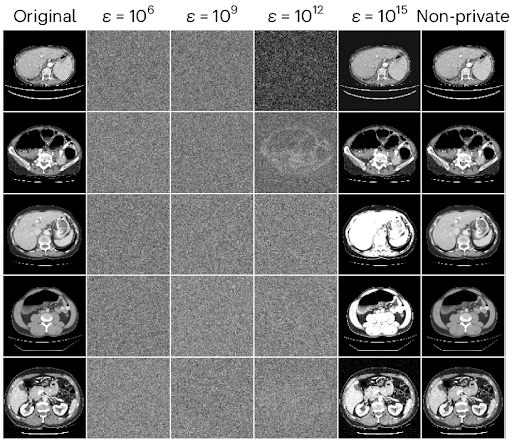- Another day, another cup of coffee? Maybe your third already?
- Yep, we’ve been there—shaky hands, wired minds, and that dreaded crash by noon.
- But what if there was a better buzz—one that fuels your energy and focus, without the caffeine rollercoaster?
- Say hello to the new wave of energy drinks and sips that are changing how we power up.
Why Coffee Might Be Letting You Down?

We love coffee. Really, we do.But here’s the truth: too much can leave you jittery, dehydrated, and flat-out exhausted after the high wears off.You’ve felt it—the crash, the fog, the need for nap.
And for some, coffee just doesn't do the trick anymore.
What Are the Smarter Energy Sips?
Enter: the new-age energy boosters.Think clean ingredients, slow-release caffeine, adaptogens, nootropics, and vitamins that don’t mess with your gut or your sleep.These drinks don’t just wake you up—they help your body adapt, focus, and stay energized.
Here’s what’s trending:
Matcha + Green Tea Elixirs: Gentle caffeine, packed with antioxidants.
Adaptogen Drinks: Ashwagandha, ginseng, and reishi for stress relief and endurance.
Nootropic Shots: For brainy energy—L-theanine, B-vitamins, and even lion’s mane.
Electrolyte Boosters: For hydration and alertness.
Plant-Based Tonics: With ingredients like maca root and turmeric to give you that inner glow and go.
Why Make the Switch?
Because you want to feel energized, not anxious.Because your body deserves better than sugar bombs in cans.Because real energy is about feeling good in your mind, body, and spirit.
Ready to Sip Smarter?
Not sure where to start?Look for clean labels. Fewer ingredients. Natural sweeteners.And always listen to your body—ditch the one-size-fits-all mindset. Your energy should work with you, not against you.
Final Thoughts: Choose Your Energy Wisely
There’s a world beyond coffee—and it’s buzzing with better options.The new wave of energy drinks isn’t just about staying awake. It’s about thriving, focusing, and feeling balanced all day.So go ahead—take a sip toward smarter energy. Your body (and brain) will thank you.











